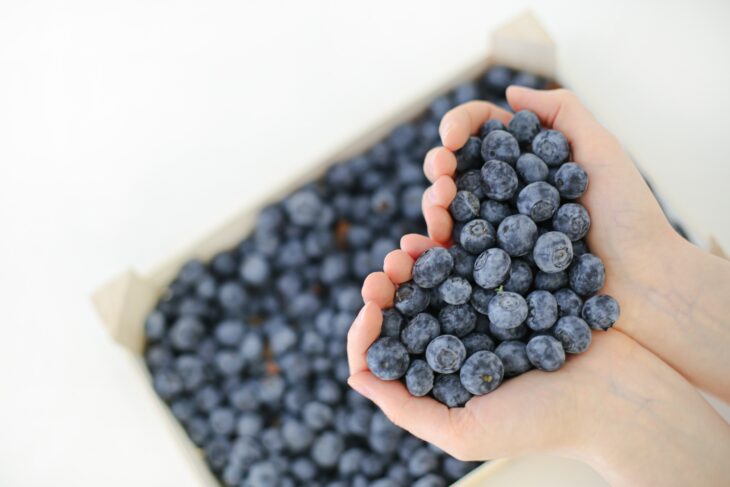Many of the fruits and vegetables we consume daily have an immune-boosting power that comes from compounds called flavonoids. Researchers have found flavonoids enhance our immunity by preventing inflammation.
When our body is infected with a virus, the first responders are immune cells called macrophages that first notice the invasion and begin the immune response. Macrophages release chemicals called cytokines that alarm other immune cells to attack the pathogens. These alarm-chemicals cause inflammation at the site of infection, which starts to swell and heat up.
In this way, moderate inflammation can help to fight infection, but excessive inflammation can damage our healthy cells and organs. Inflammation lasting for months or years, referred to as chronic inflammation, can even cause severe diseases like cancer, diabetes, heart disease, and Alzheimer’s disease. Scientists are therefore searching for ways to successfully reduce chronic inflammation.
A group of scientists from Konkuk University in South Korea tested whether foods containing flavonoids could help stem inflammation. They chose blueberries and black rice, because these foods are known sources of flavonoids. Previous researchers had shown fermented foods exhibited better anti-inflammatory activities, so the team first fermented extracts of these foods. They combined the fermented blueberries and black rice into a substance they referred to as BB.
To test whether BB could halt inflammation, they placed macrophage cells in tubes and mixed them with different amounts of BB (0.625, 1.25, and 2.5 mg/mL). In the first set of experiments, they added bacteria to the tubes with BB and macrophage cells. They also tested a control group with macrophages and bacteria but no BB. In a second set of experiments, they looked at the levels of inflammation caused in a mixture of BB and macrophages without any bacteria. They measured inflammation levels in both sets of experiments by determining the amounts of hazardous chemicals and specific proteins, including cytokines, produced by inflammation.
In the set of experiments with bacteria, the team found less cytokines were produced at higher BB concentrations. Other markers for inflammation decreased with higher BB concentrations as well. They interpreted these results to mean inflammation was subdued by BB in these experiments.
In the set of experiments without bacteria, however, the team found higher cytokine levels and more markers for inflammation with increasing BB concentrations. They interpreted these results to mean the BB extract only helped reduce inflammation when bacteria were present.
The scientists suggested their results could help develop new treatments for inflammatory diseases or other immune diseases. For example, medicines that contain flavonoids could be used to treat patients with chronic inflammatory diseases, or to induce moderate amounts of inflammation in other patients.
These researchers have shown foods with flavonoids can affect inflammation, but not how they do so. They suggested future research should look at ways in which flavonoid extracts can induce or suppress inflammation. They also suggested further studies could figure out how the anti-inflammatory effects of foods could be maximized without the need for time-consuming extraction and fermentation.


